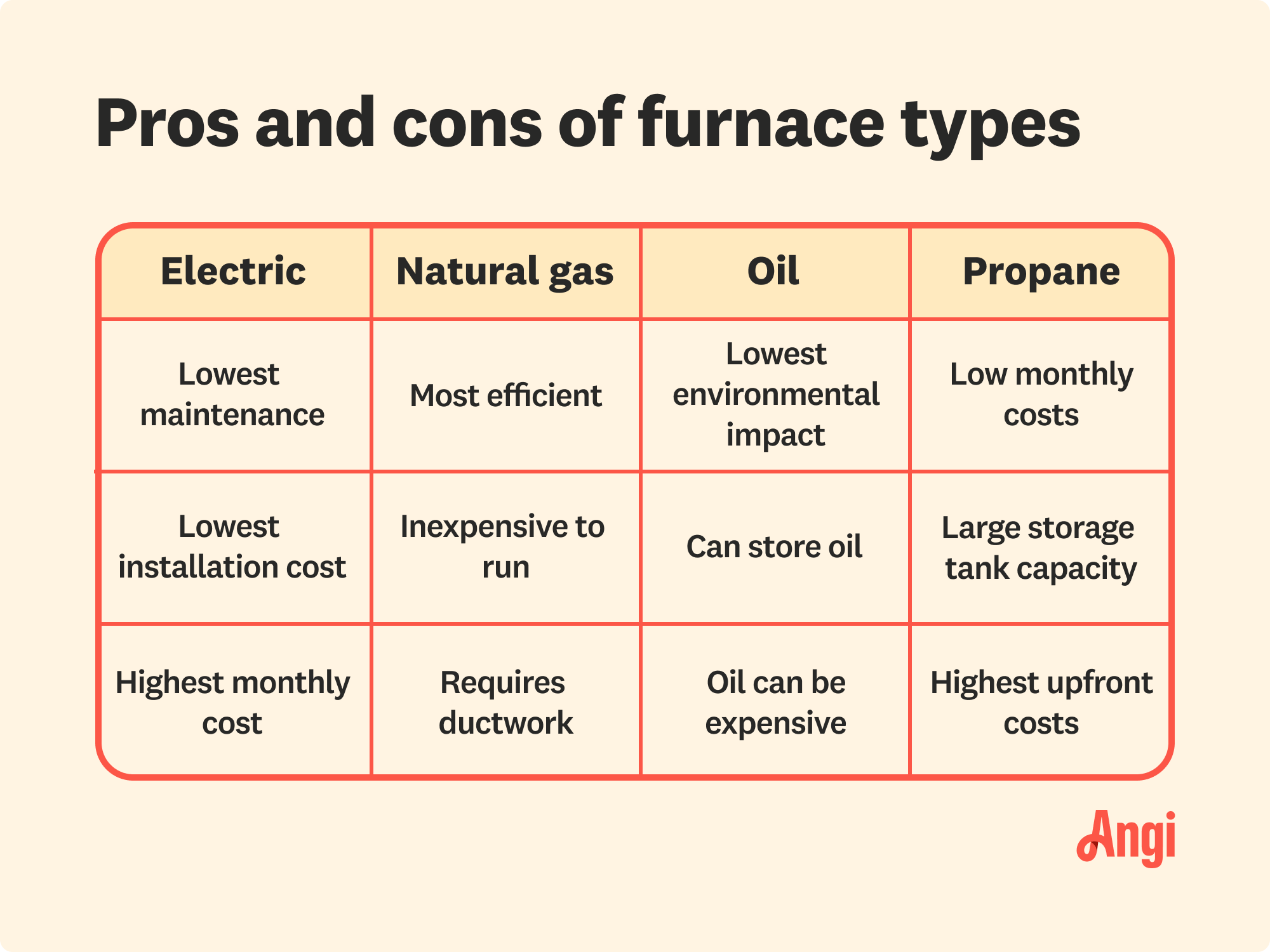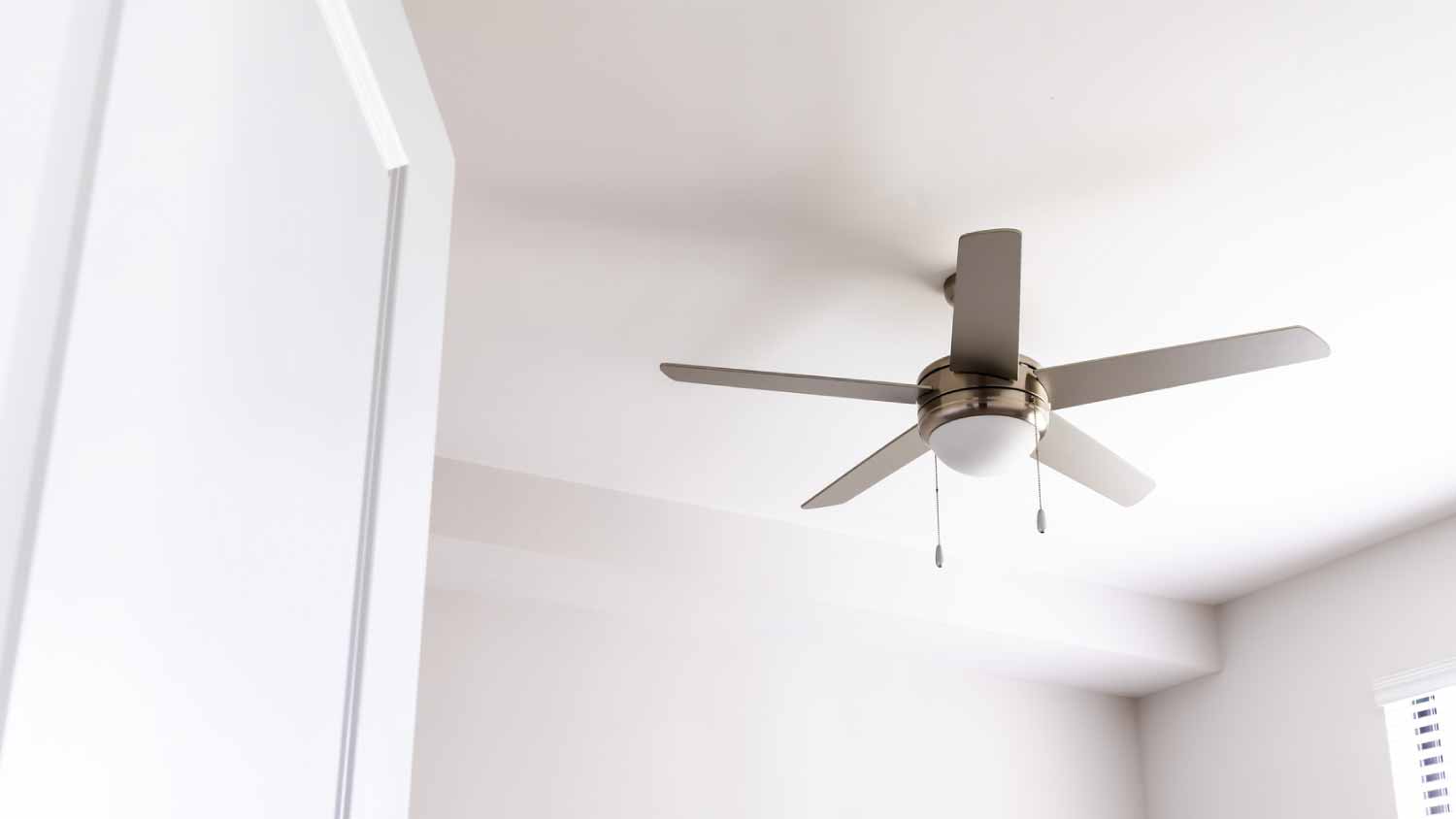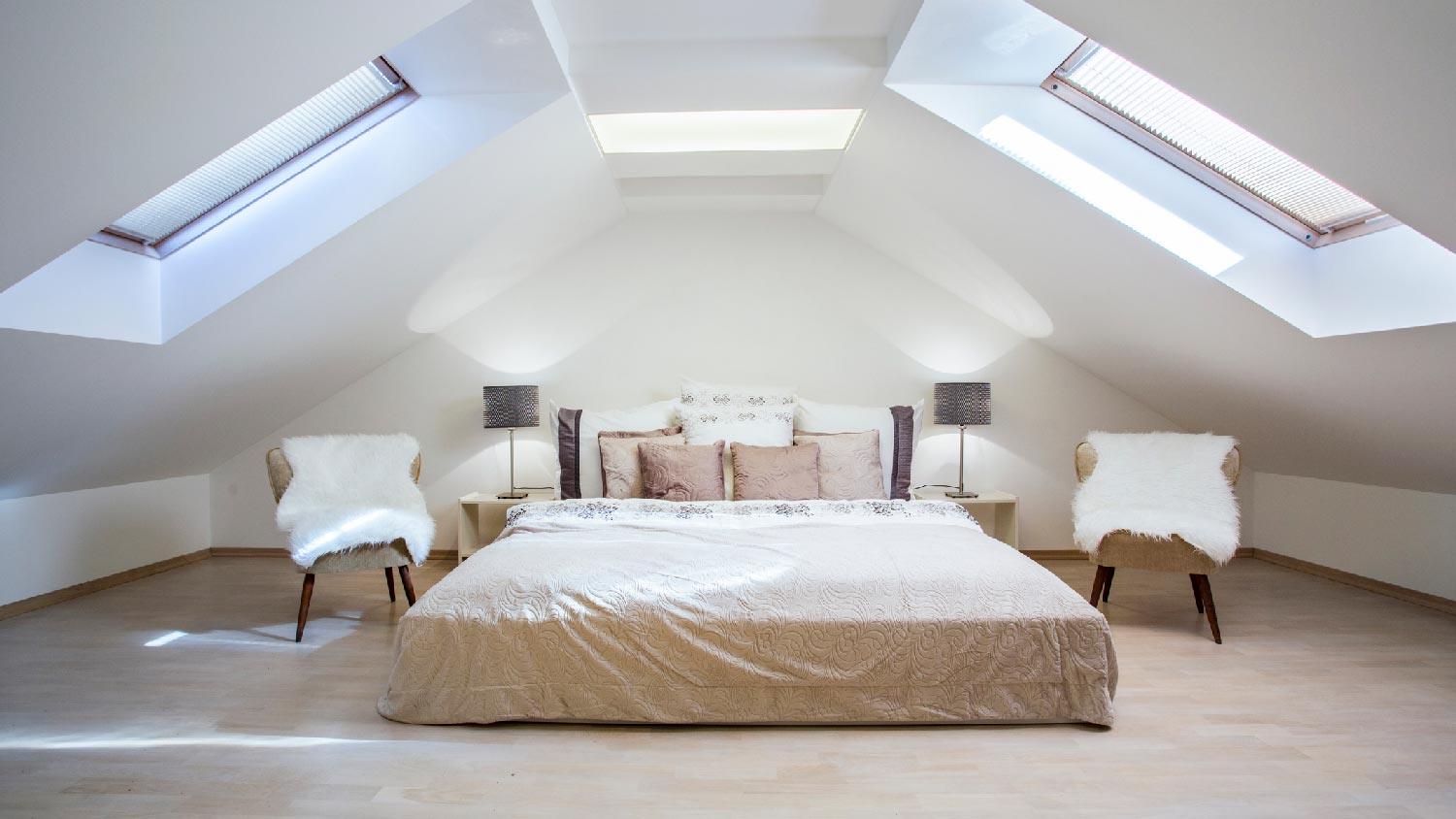How Much Does It Cost to Move a Furnace? [2025 Data]
The cost of moving your furnace is $3,000 on average, but costs commonly range from $1,500 to $10,000, depending on the scope of the work. Get in touch with a furnace pro for a quote that takes your unique situation into account.


The total cost to move a furnace can range from $1,100 to $12,500, but people commonly pay $3,000. Whether you’re embarking on some long-needed home renovations or just upgrading your HVAC system, furnace relocation is a costly job that you should consider carefully. Moving your furnace is absolutely a task for an HVAC professional.
Cost Factors of Moving a Furnace
You’re almost always going to pay a premium cost for furnace relocation. However, some circumstances can drop the cost for you.
Materials
The cost of materials to move a furnace starts around $1,500 but may range from around $2,000 to $5,000. This covers materials to move utility lines and ducts, plus repair walls and ceilings after the work is done. If your furnace has old parts that need to be replaced, expect to spend another $130 to $500 per part for the cost of furnace repairs.
| Materials | Average Cost |
|---|---|
| Utility lines/ducts | $1,500–$5,000 |
| Drywall | $300–$950 |
| Replacement parts | $130–$500 |
Proximity to Ductwork
Ductwork replacements cost about $25 to $55 per linear foot, so the further the furnace is from the ducts, the more you’ll need to spend to replace the ducts to connect when the furnace is relocated. Anything that runs alongside the main duct or has easy access to the main runs in the crawlspace or basement will cost less.
Proximity to Utility Lines
A furnace is connected to other utility lines, such as electricity, gas, or water. If you move the furnace, you’ll need to make adjustments to the other utility lines as well. This can cost $1,500 to $5,000, depending on how much adjusting your lines need.
| Utility Line Type | Average Cost to Move per Foot |
|---|---|
| Electricity | $5–$15 |
| Gas | $15–$25 |
| Water | $50–$250 |
Working with gas can be very dangerous and even harmful to your health. Only attempt gas projects yourself if you have the experience and credentials to do so safely. Otherwise, let the professionals handle these jobs.
Cleanup
Wherever the heater was originally placed will require cleanup and proper disposal of the utility lines that run to that spot. The HVAC specialist will charge to haul away the old parts and lines, or you can pay for a garbage removal service. Junk removal costs about $60 to $600.
Age
Moving an older furnace will cost more because they often require more replacement parts during the move. The lifespan of a furnace is 15 to 20 years, so it’s often more cost-effective to buy and relocate a new furnace than to relocate the old furnace nearing 15 years or more.
Labor
The cost of labor to move a furnace costs about $150 to $500 per hour. Even with minor adjustments to the ductwork or utility lines, this job can take one to two days to complete. Moving a furnace is a huge job, and it’s one that’s best left to the pros. Attempting to DIY puts you at risk of fire, gas leaks, or electrical shocks that can lead to property damage, injury, or even death.
Should I Replace My Furnace While Moving It?

Moving a furnace is expensive, no matter how you slice it. And labor accounts for the majority of the cost. The average cost of a furnace unit alone is $2,300 to $7,200, plus $150 to $500 per hour for installation. Most units last about 15 years.
Unless your furnace is very new, it’s a good idea to think about replacing the furnace at the same time since your pros are already up to their necks in moving connections. The move itself is likely to cost half as much as a furnace install to begin with. And depending on how old your furnace is, you might see an increase in 20% to 30% efficiency with a new unit.
How to Save Money When Moving a Furnace
If this job is a must-do but money is tight, here are some tips to help you save money:
Get quotes from more than one contractor. It’s definitely extra work, but getting multiple contractor bids lets you effectively compare prices and services offered to get the best deal.
Verify the contractor's credentials. This includes their licensing, bonding, and insurance. Hiring a vetted local furnace pro gives you the confidence that things are unlikely to go wrong, but if a mistake does happen, these credentials can save you big time.
Clear the area. Make sure the room with the old furnace is clear of furniture and decor. This makes the contractors’ job easier, cutting down on labor costs.
How Angi Gets Its Cost Data
Home is the most important place on earth, which is why Angi has helped more than 150 million homeowners transform their houses into homes they adore. To help homeowners with their next project, Angi provides readers with the most accurate cost data and upholds strict editorial standards. We extensively research project costs to develop the pricing data you see, so you can make the best decisions for you and your home. We rely on reputable sources, including the U.S. Bureau of Labor Statistics, academic journals, market studies, and interviews with industry experts—all to ensure our prices reflect real-world projects.
Want to help us improve our cost data? Send us a recent project quote to costquotes@angi.com. Quotes and personal information will not be shared publicly.
Frequently Asked Questions
Your furnace rests at the center of one of the most complicated infrastructures in your home. Air intakes, ducts, water, electricity, and sometimes gas connect up to the system. Most of these lines were run to this point specifically to service the furnace, so they’ll need to be closed up and new ones established. A furnace is almost always connected to the air conditioner, so you’ll probably be moving those components as well.
Moving a furnace a few feet is probably no big deal. Moving it into a different part of the house is a different story.
If you’re building a new furnace room or relocating the furnace to a different part of your home, you’ll need to make sure the furnace is distanced far enough from the wall to meet building codes. Building code requirements will vary based on your city and state, but many codes require a furnace to be at least 30 inches away from any wall.
A furnace should last about 15 to 20 years with proper maintenance. Electric furnaces typically have the longest lifespan, reaching about 20 to 30 years. Wood furnaces don’t last quite as long, with lifespans of around 10 to 20 years. If your furnace is over 10 years old, you may want to replace it and relocate the new furnace rather than spend money repairing and relocating an old furnace that doesn’t have much life left.





- Furnace Repair
- Air Conditioning Repair
- HVAC Repairs
- Furnace Installation
- Wood & Pellet Stove Repair
- Dehumidifier & Humidifier Repair
- Heat Pump Companies
- Swamp Cooler Repair
- Wood Stove Services
- HVAC Companies
- Commercial A/C Repair
- Geothermal Installation
- Air Conditioning Installation
- Boiler Repair
- 24 Hour Furnace Repair
- Geothermal Repair
- Heat Pump Repair
- Humidifier Installation
- Thermostat Repair
- Thermostat Installation
- Nest Installation
- Heating & Cooling
- Heating Repair
- Furnace Cleaning
- Furnace Tune-Up
- HVAC Technicians
- Subcontractors
- Furnace Maintenance
- Plumbing & Heating Companies
- Wood Stove Inspection
- Mini Split Installation
- Wall Heater Repair
- Duct Installers











